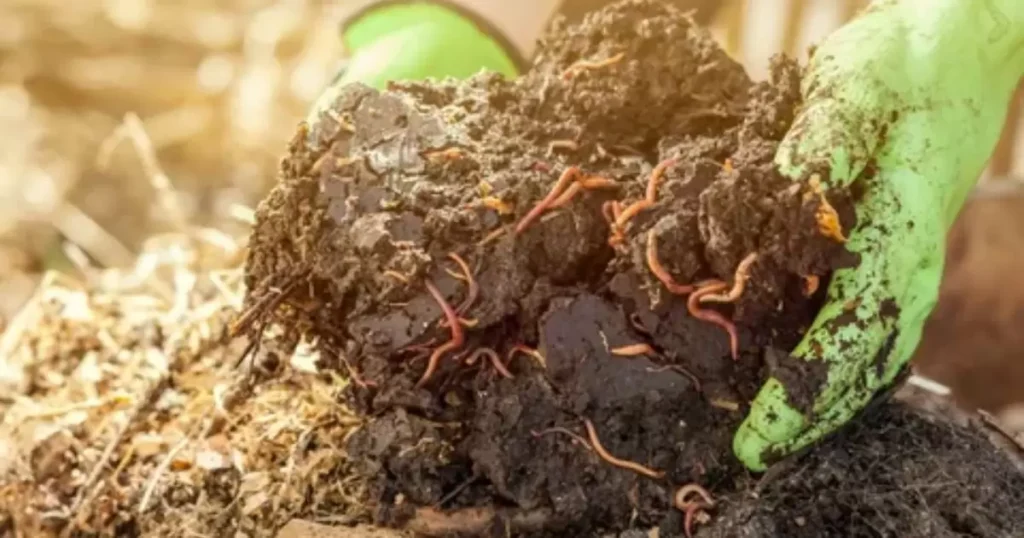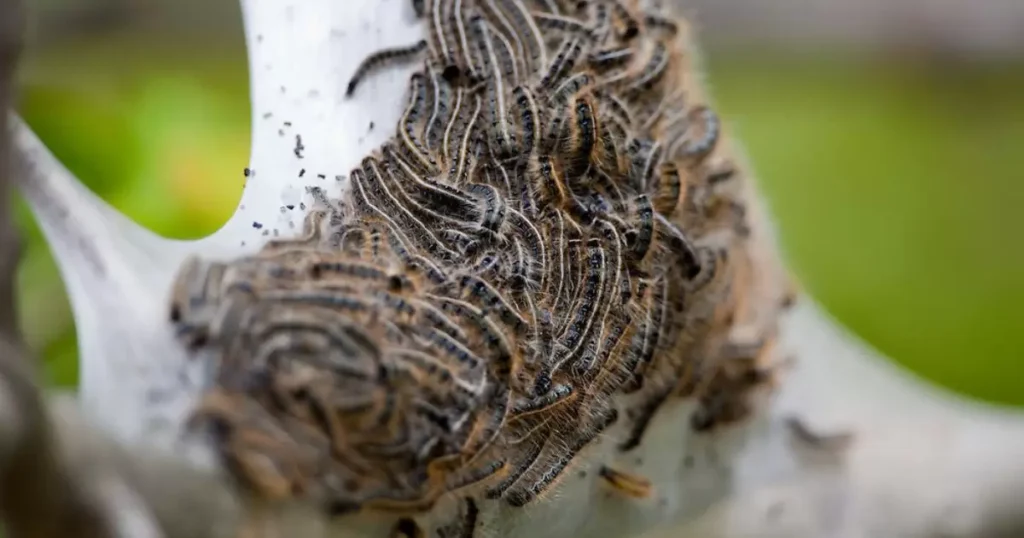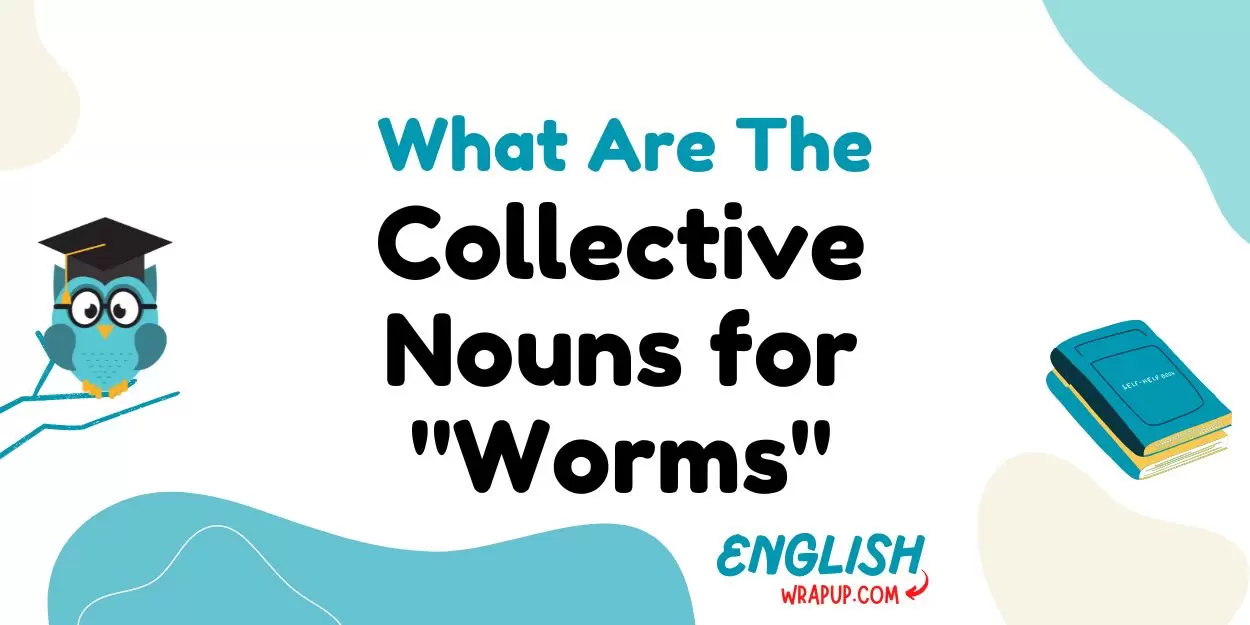Introduction
When we think of worms, we often imagine these small, elongated creatures burrowing through soil. While individual worms might seem insignificant, they play crucial roles in ecosystems, from decomposing organic material to aerating the soil.
But what about when they come together? Just like other animals, worms have their own collective nouns. In this article, we’ll explore the fascinating world of collective nouns and highlight some specific terms used to describe groups of worms.
What are Collective Nouns?
Collective nouns are words used to describe a group of individuals or things considered as a single entity. They are essential in language, providing a succinct way to refer to multiple objects, animals, or people. For example, a flock of birds or a herd of cattle. These terms enrich our language and help create vivid imagery.
Best Collective Nouns For Worms
- A clew of worms
- A bed of worms
- A bunch of worms
- A knot of worms
- A cluster of worms
- A tangle of worms
- A brood of worms
- A nest of worms
- A wriggle of worms
- A squirm of worms
Collective Nouns for Worms
A Clew of Worms
Explanation: The term “clew” is an old English word meaning a ball of thread. When worms are tangled together, they resemble a ball of thread.
Scenario: In the garden, she discovered a clew of worms beneath the compost heap, all intertwined and wriggling as one.

A Bed of Worms
Explanation: This term evokes the image of worms lying together in a mass, much like a bed.
Scenario: After the rain, the garden was teeming with life, and a bed of worms could be seen under every rock and clump of soil.
A Bunch of Worms
Explanation: Similar to how we describe a group of items like grapes or bananas, worms can also be described as a bunch when found together.
Scenario: While digging for bait, he unearthed a bunch of worms that would be perfect for fishing.
A Knot of Worms
Explanation: This term highlights the often tangled nature of worms when they come together.
Scenario: Under the log, a knot of worms was writhing, making it hard to tell where one worm ended and another began.
What Are The Collective Nouns For “Cobras”?
A Cluster of Worms
Explanation: “Cluster” denotes a group of similar items growing or situated closely together.
Scenario: In the damp soil, a cluster of worms worked tirelessly to decompose the organic matter.
A Tangle of Worms
Explanation: This term describes the chaotic and intertwined appearance of multiple worms.
Scenario: She carefully separated the tangle of worms, ensuring each one could find its way back into the soil.
A Brood of Worms
Explanation: “Brood” typically refers to young animals produced at one hatching or birth, but can also apply to worms.
Scenario: The brood of worms in the worm farm was thriving, promising rich compost for the garden.
A Nest of Worms
Explanation: Worms often gather in a secure, nest-like structure, especially when conditions are favorable.
Scenario: He found a nest of worms in the damp, shaded area of the garden, thriving in the perfect environment.

A Wriggle of Worms
Explanation: This term captures the characteristic movement of worms.
Scenario: The wriggle of worms in the bait box indicated they were still alive and active, ready for a day of fishing.
A Squirm of Worms
Explanation: Similar to “wriggle,” this term emphasizes the twisting and turning motion of worms.
Scenario: The squirm of worms in the soil was a good sign that the garden was healthy and teeming with life.
Interesting Facts About Worms
- Worms have no lungs. They breathe through their skin, which must remain moist to absorb oxygen.
- Earthworms are intersex . Each worm has both male and female reproductive organs.
- A single acre of land can contain over a million earthworms.
- Worms can eat their weight in soil and organic matter each day.
- Worms improve soil health by aerating it and adding nutrients through their castings.
Final Thoughts
Collective nouns do more than just label groups of animals or objects; they enrich our language and provide vivid imagery that can capture the essence of these groups.
In the case of worms, collective nouns like “a clew,” “a bed,” or “a tangle” offer a glimpse into their behavior and natural environment.Understanding and using these terms can enhance our appreciation for these humble creatures and the vital roles they play in our ecosystems.



